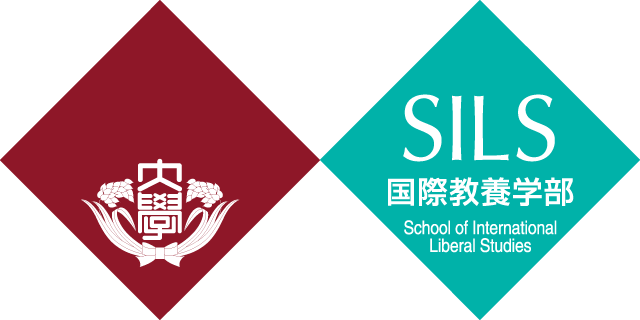- News
- Course Introduction:Fundamentals of Generative Syntax
Course Introduction:Fundamentals of Generative Syntax

- Posted
- 2023年4月25日(火)
NAMAI, Kenichi |
 |
|||
|---|---|---|---|---|
|
||||
| There are a lot of interesting questions about human language, including how children acquire their first language(s) without any conscious effort, what they unconsciously figure out and master, and what enables them to achieve such a remarkable feat within only a few years. Plausible answers to these questions suggest that there must be something unique about human nature, which Jackendoff (1994)* called the “prerequisites for language.”
My interest lies in the investigation of those prerequisites, which necessarily requires special tools. * Jackendoff, Ray S. 1994. Patterns in the Mind. BasicBooks: New York. |
||||
―Touching the Mysteries of Language,
Scientific Study of Linguistic Structure―
Linguistics is the study of “what language is” and includes various fields such as phonetics and phonology, which study language sounds, semantics, which examines meaning, and sociolinguistics, which looks at the relationship between society and language. Among them, Prof. Namai teaches Syntax.
We usually communicate through language. Syntax separates sentence structure from its meaning and the speaker’s intent, and looks at how it is assembled in the brain.
For example, 「ケンは明日何を買いますか。」 in Japanese becomes “What will Ken buy tomorrow?”. Why do English speakers change the word order Ken will buy what tomorrow in platitudes and move what to the beginning of the sentence?
In Japanese, there is no need to move “what” to the beginning of a sentence.
Furthermore, why do we also move “will” in front of “Ken buy”?
These questions are never answered at school. When I first learned English grammar in junior high school, I was told by my teacher to simply memorize it as a rule. And since these questions do not even occur to native speakers, they cannot be answered by them either.
The core and interesting part of Syntax is to formulate and test hypotheses on questions such as these. Guessing the rules in your own way, and then confirm them with the actual sentences used – this trial-and-error process is scientific, and the scientific method is steadily acquired.
In Prof. Namai’s class, we consider these questions one by one, so I feel that the whole class is challenging together.
Since SILS has students who speak a variety of languages, we can compare each language and find common structures in human languages.
In addition, in Prof. Namai’s advanced seminar, we are learning about our innate language abilities. Adults take a very long time to learn a new language, but babies acquire their first language effortlessly and quickly. However, the reality is that we still do not know much about how language acquisition actually takes place. This is the mystery of language and perhaps the greatest mystery about us humans, since language can be used by any human being, while it cannot be acquired by non-human animals.
Why don’t you experience the “mystery of language” once through Prof. Namai’s class?
 |
This article is written by…
OZAWA, Naoka
|
|||
*This article is current as of January 2023.
*This course may not be offered every semester.

